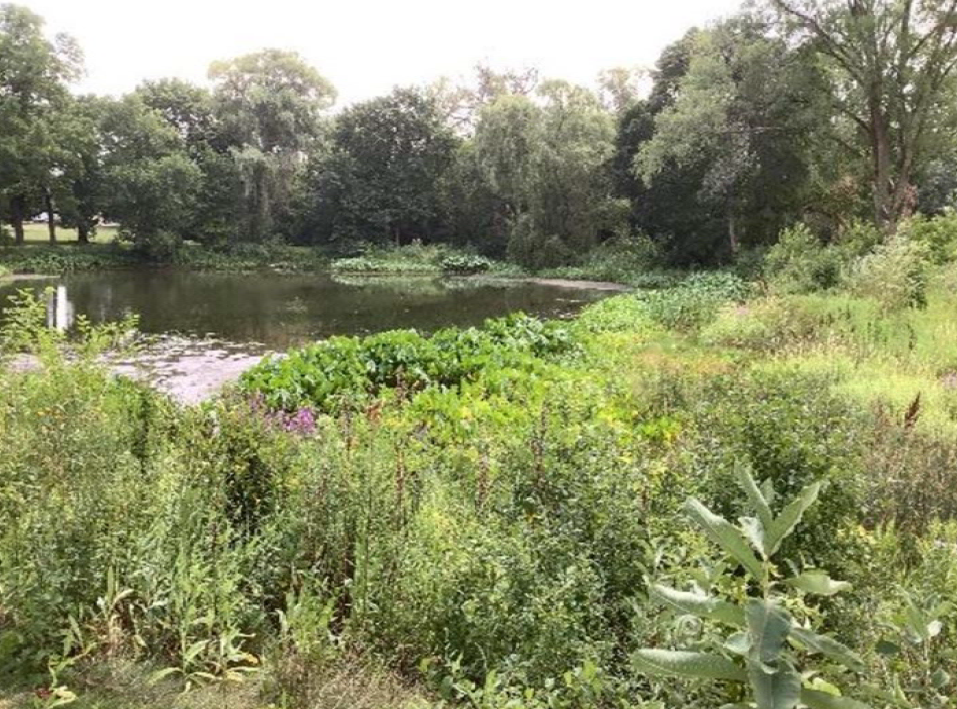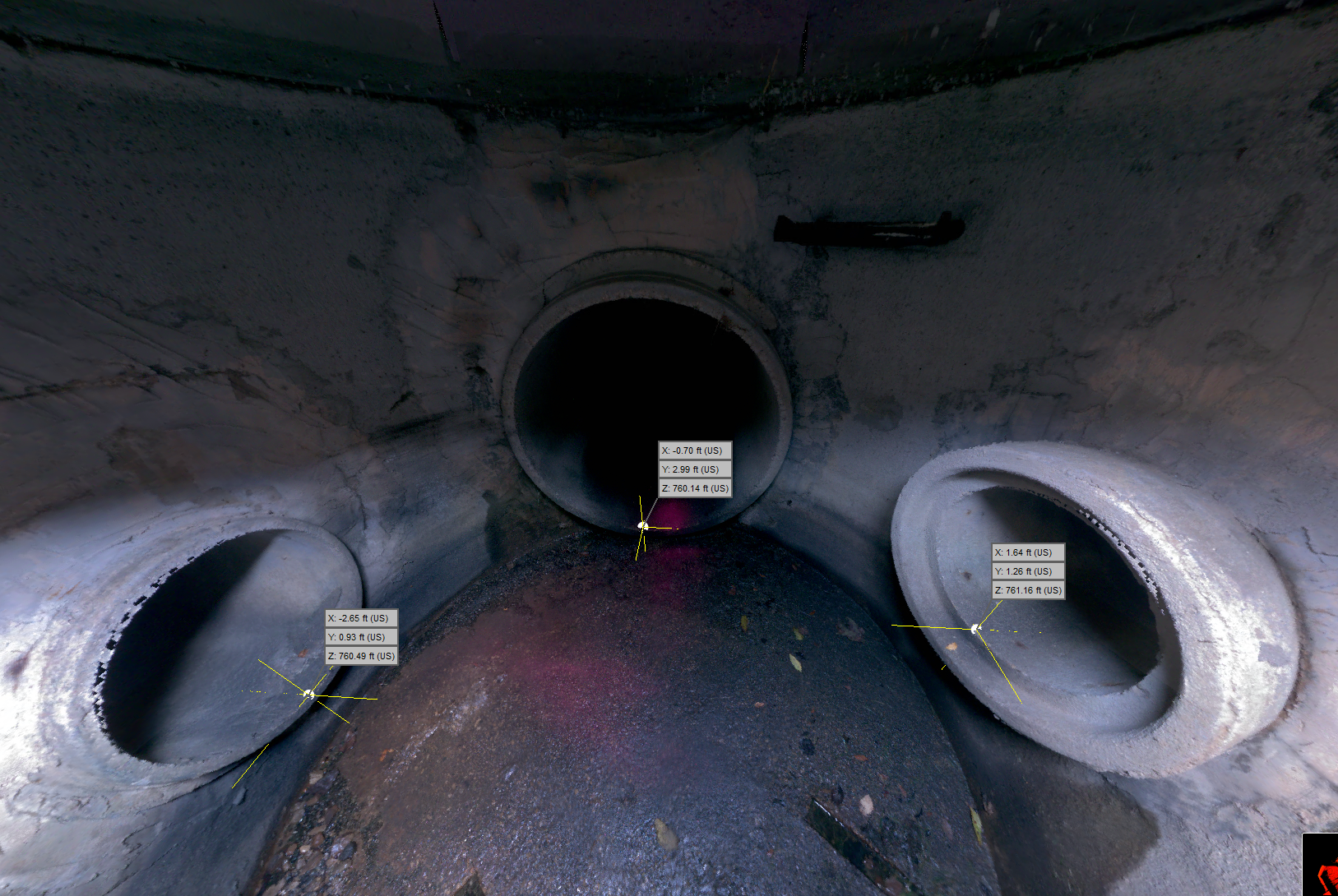On April 2, 2015, the Northern Long-Eared Bat (NLEB) was listed as a threatened species under the Endangered Species Act. Sadly, on November 29, 2022 the NLEB was reclassified as endangered. That classification became effective on March 31, 2023.
What does the reclassification mean for your project?
A project sponsor must receive approval to proceed from both the State and Federal Governments prior to the start of the project.
The Federal government uses the U.S. Fish and Wildlife Service (through the Information for Planning and Consultation Determination Key; IPaC DKey)
The State government uses the WDNR (through the Natural Heritage Inventory, NHI)
Avoid project delays by getting approval though IPaC DKey and NHI as early as soon as possible. This should be done 30% of the way through your project’s conceptual design phase.
Does your project area have potential habitat for NLEBs?
All municipal projects require approval in order to proceed with later phases. Knowing if your project area has suitable habitat for the NLEB can help you get a head start at permitting with R/M’s environmental professionals. Private development, agriculture, and utility projects do not require approval.
Suitable Habitat
Trees and snags 3-inches in diameter at breast height (dbh) or greater that have:
Exfoliating bark, cracks, crevices, and/or cavities
NLEBs typically roost singly or in maternity colonies under bark or more often in cavities or crevices of both live trees and snags.
Individual trees may be considered suitable roosting habitats when they meet the conditions listed above and are within 1,000 ft. of a forest.
Bridges
Covered Bridges
Culverts that are greater than 4ft. tall AND 130 ft. long
Old structures
Not Suitable Habitat
Individual trees that are greater than 1,000 ft. from forested areas;
Trees in predominantly unforested, developed portions of urban areas; and,
Pure stands of trees less than 3-inch dbh that do not contain larger trees
It isn’t just tree habitat loss we are concerned about, a few other specific items reviewed during the IPaC and NHI analysis include:
Bridges & Culverts, Transportation – Increased Vehicle Traffic, New Surface Water Discharges, and Lighting.
If the IPaC or NHI do not clear your project of bats or bat habitat, what do you do?
#1 – reach out to your environmental consultant: they can provide options, and may be able to clear your project based on field surveys (as described below).
Potential roost/habitat survey: a field visit by a trained biologist can be performed to assess whether habitat is actually present within your project area. Additional coordination with the USFWS/WDNR will be required for concurrence of findings.
Conservation Measures: there may be conservation measures (ex. Tree clearing is performed during winter, August 16 to May 31) that will allow your project to continue without any additional project conditions.
Habitat Conservation Plan: If impacts to habitat cannot be avoided, a field visit to identify existing habitat will need to be performed. All habitat proposed to be removed will need to be replaced/mitigated for, typically at a 2:1 replacement. A plan documenting the mitigation of the habitat loss and monitoring plan can be submitted to the USFWS. Incidental take permits may be pursued through the WDNR as well.
about the author
Kaley a. Simonis
Environmental Team leader
Kaley Simonis has performed environmental assessments across multiple states to provide environmentally compliant projects. She has performed ecologically driven assessments, directed and coordinated teams performing site layout and routing, aerial mapping, surveying, design, permitting, and construction oversight through erosion and sediment control device inspections and restoration. Services she oversaw also included infrastructure management.
Her experience ranges from project sizes of hundreds of acres of earth disturbance to minimal, discrete disturbances. Since her move to Wisconsin, she has primarily focused on linear utility projects. These projects span both urban and rural settings in the renewable energy, agricultural, fiber optics, and conventional utilities markets throughout Wisconsin.


















